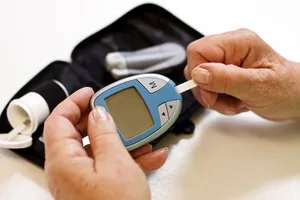
In follow-up, 947 T1D patients with celiac disease were discovered. Cox regression analysis was used, with celiac disease set as a time-dependent covariate to estimate adjusted hazard ratios (aHRs) for DRP in patients with T1D and celiac disease, and a comparison was made with patients that had T1D but did not have celiac disease. The results showed that the longer the patients had celiac disease, the higher their risk of DRP. Once the results were adjusted based on time after celiac disease diagnosis, it was found that patients with T1D and celiac disease had a lower risk of DRP in the first 5 years after their celiac disease diagnosis (aHR 0.57 [95% CI 0.36–0.91]), and a neutral risk in years 5 to 10. From 10 and 15 years following diagnosis, patients with coexisting celiac disease showed a risk of 2.83 for DRP [95% CI 1.95–4.11]. Beyond 15 years after follow-up, this went up to a risk rate of 3.01 [1.43–6.32]. On this basis, the team concluded that having celiac disease for more than 10 years is a risk factor for the development of DRP in patients with T1D, and noted that doctors should strictly monitor for DRP in patients with long-standing celiac disease and T1D.
Source: celiac.com



